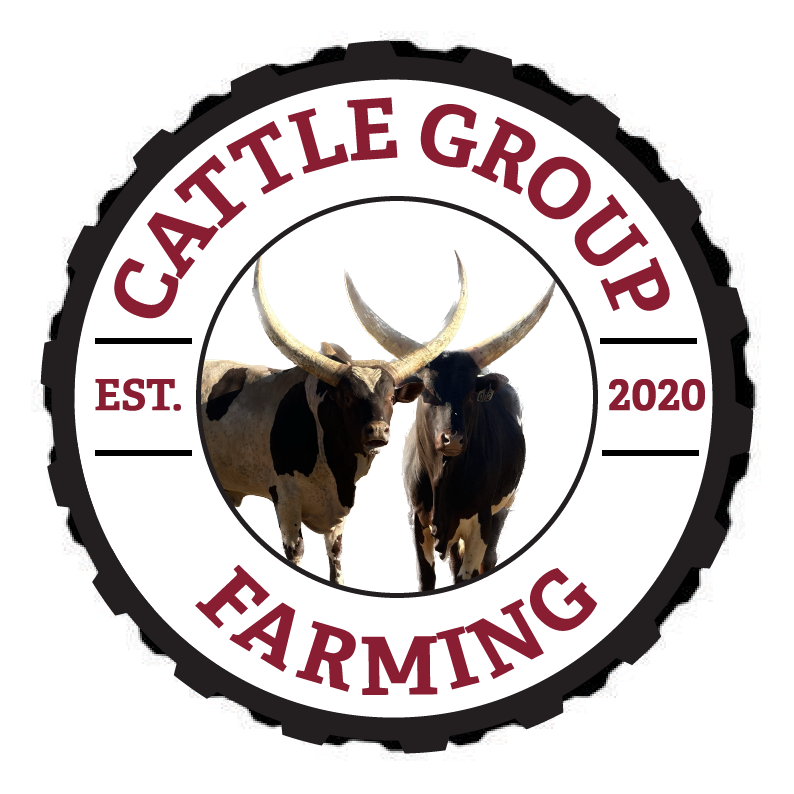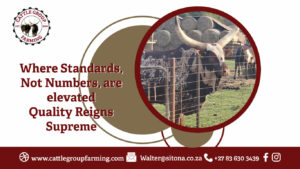Understanding the Significance of Shoulder Height in Ankole Cattle

Ankole cattle, with their distinctive long, curved horns and majestic appearance, are not just a visual spectacle; they are a symbol of heritage and adaptability. Among the many factors contributing to the Ankole breed’s uniqueness, shoulder height stands out as a critical aspect. In this blog post, we will explore why shoulder height matters in Ankole cattle farming, delving into its impact on various facets of the breed’s characteristics, health, and functionality.

